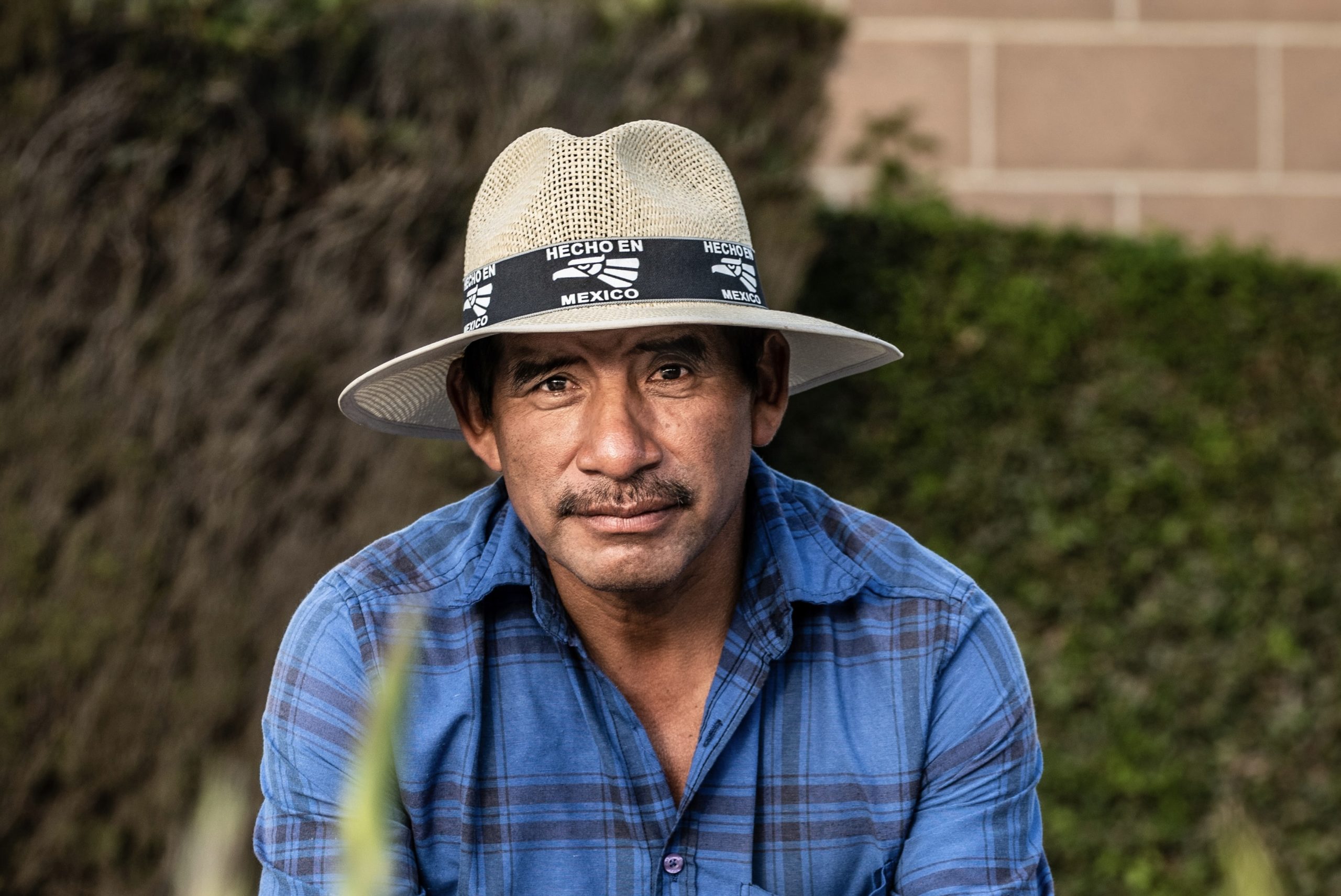Since the outbreak of the coronavirus a year ago, numerous comparisons have been made between this pandemic and the infamous 14th-century bubonic plague. While the black death had a higher mortality rate than coronavirus, and scientific knowledge has made us far better equipped to handle this pandemic, there is still much to be learned from comparing the two and how humanity has responded — especially by exploring religion’s role in each case.
Religion had a much more prominent place in 14th century public life than it does today. Christianity dominated Europe, and the Roman Catholic Church was at the forefront of both spiritual and civic life. It is no wonder, then, that the European population looked to the church for guidance throughout the devastation wreaked by the plague, and the church did its best to respond.
Correspondence from the Avignon papacy during the years of plague shows how the popes attempted to aid populations seeking spiritual guidance. The church provided both material help and answers to the laity’s anxieties in the face of so much death. The estimated mortality rate for priests during the black death was 42 – 45 percent, significantly higher than the 30 percent for the rest of the population. Due to their dedication in visiting the sick and providing consolation and last rites, the death toll for priests became immeasurably high. This discrepancy in deaths resulted in a severe shortage of priests and access to the sacraments. To cope with this problem, the papacy granted temporary dispensations that allowed lay believers to administer certain parts of last rites, and the pope often gave sweeping absolutions and indulgences to those who died of the plague — sometimes to entire cities. This was a time of immense confusion for both church authorities and the general population. The answers that the church gave were not foolproof, sometimes confusing, and often difficult to interpret; however, the church understood its role as the forefront source of comfort and did everything they could to answer the people’s pleas.
Fast-forward 700 years, and the coronavirus struck globally. Although religion does not have nearly as much prominence in the Western world today as it did in the past, millions of people still look to religious figures for guidance and comfort — comfort that becomes especially necessary in a similar time of confusion. However, the role of Christian churches in this pandemic was significantly more limited than in the 14th century. Parishes closed their doors, the Catholic Church lifted the Sunday Mass obligation, and the faithful were told to stay in their homes to preserve their safety. While it is understandable that these measures were taken initially, their prolonged placement eventually should have caused alarm bells to ring in the minds of many of the faithful. If their churches were not there for them in times of greatest confusion and danger, why were they there at all?
Stories about priests being denied access to patients in hospitals ought to be alarming to all religious citizens; yet what ought to be even more alarming is that there are not more stories of priests and pastors trying to do so. The protection of life should be at the forefront of religious leaders’ minds, and no one should blame spiritual fathers for being concerned for their own safety. However, most churches’ responses during this pandemic have called to question which is more important — physical safety or spiritual safety, physical health or spiritual health. The first ought not to be held in greater esteem than the second is, and the second should not be sacrificed for the sake of the first.
The whole world drastically increased its respect and appreciation for nurses and other health workers who risked their safety treating coronavirus patients, and rightly so; to risk one’s own safety to help another is the highest form of sacrifice of which mankind is capable. In the Middle Ages, the European population held a similar respect for those priests and religious people who risked their lives to administer to the dying. Their example ought to have been held up as a model for priests in the current pandemic situation. Why wasn’t it? Why were exceptions to spiritual obligations — obligations which are supposedly necessary for the health of the soul — made so readily in the face of physical danger?
One could point out that the church also made exceptions to some of its “rules” during the bubonic plague to cope with the changing times. Yet the changes made then, such as allowing lay Catholics to administer rites in special circumstances, demonstrated primarily a concern for the souls of those who were dying and an attempt to give them as much access to spiritual help as possible. The exceptions made in the current pandemic were understandable for the physical safety of the faithful, but in practice, they also denied spiritual help and community to those who needed it most. This is not to say it was done intentionally; many churches and parishes tried to make up for the lack of in-person worship with online services and distribution of prayer materials. However, the implicit declaration that spiritual health could be neglected for physical health is a slippery slope that has allowed for the undermining of religion’s place in the public sphere and people’s personal lives.
Many scholars agree that the public standing of the Catholic Church fell after the bubonic plague as people lost faith in the wake of such devastation. Will something similar occur to Christian churches in the West after the coronavirus pandemic? If it does, some of the blame could be placed on the churches themselves. While government restrictions on religious services are certainly partly responsible (which opens up an even further discussion on the extent to which the government believes religion to be important) the faithful ought to carefully consider whether their parishes should have pushed back harder against the government to protect their parishioners’ spiritual health. Churches have had a year to figure out the best way to provide for the spiritual needs of their faithful while promoting public health, and they ought to make clear that they take spiritual health as seriously as physical health if they hope to retain influence in the future. If they cannot show the importance of the spiritual in the face of threats to the physical, then they will find it difficult to convince anyone that the spiritual has importance at all.



